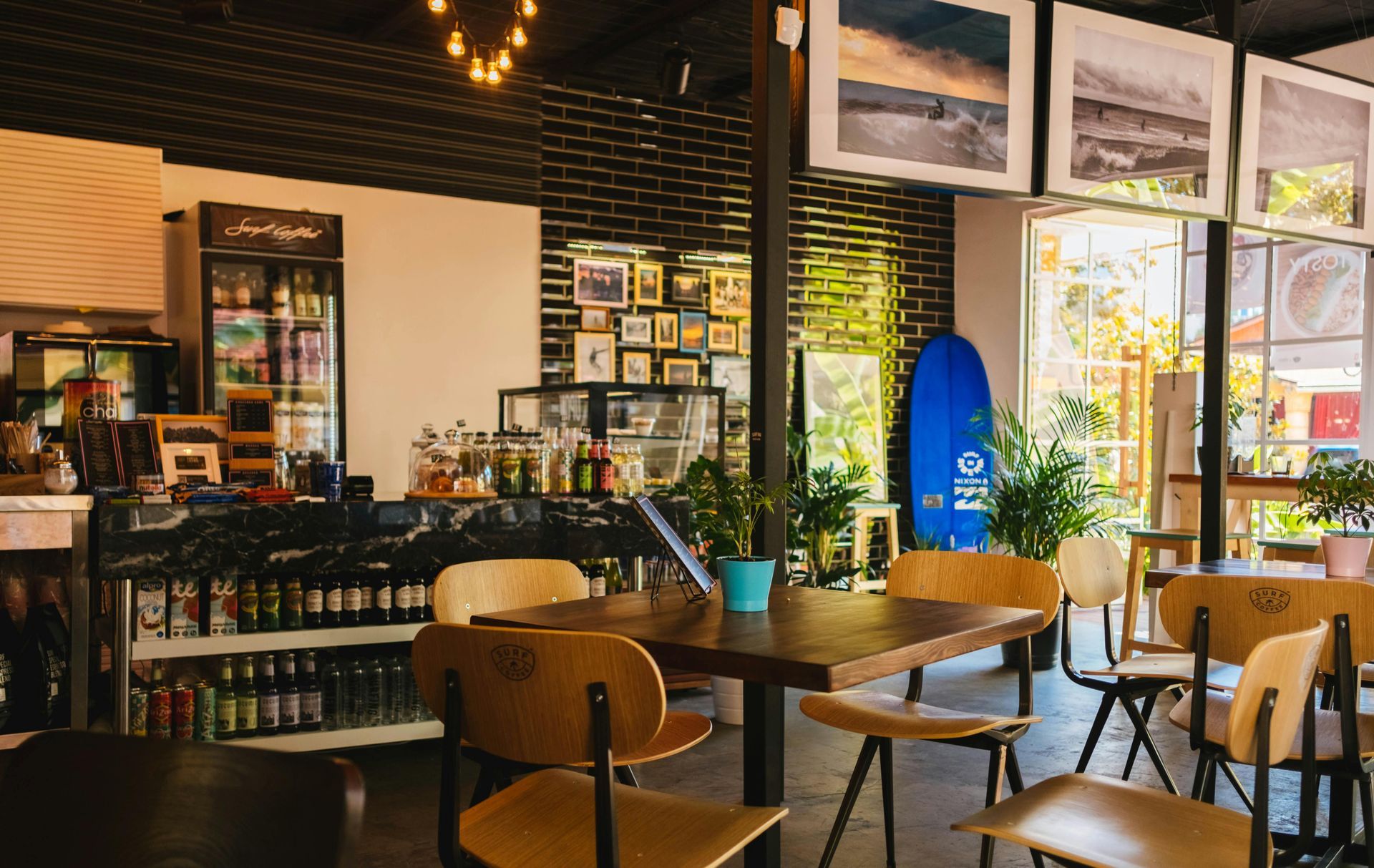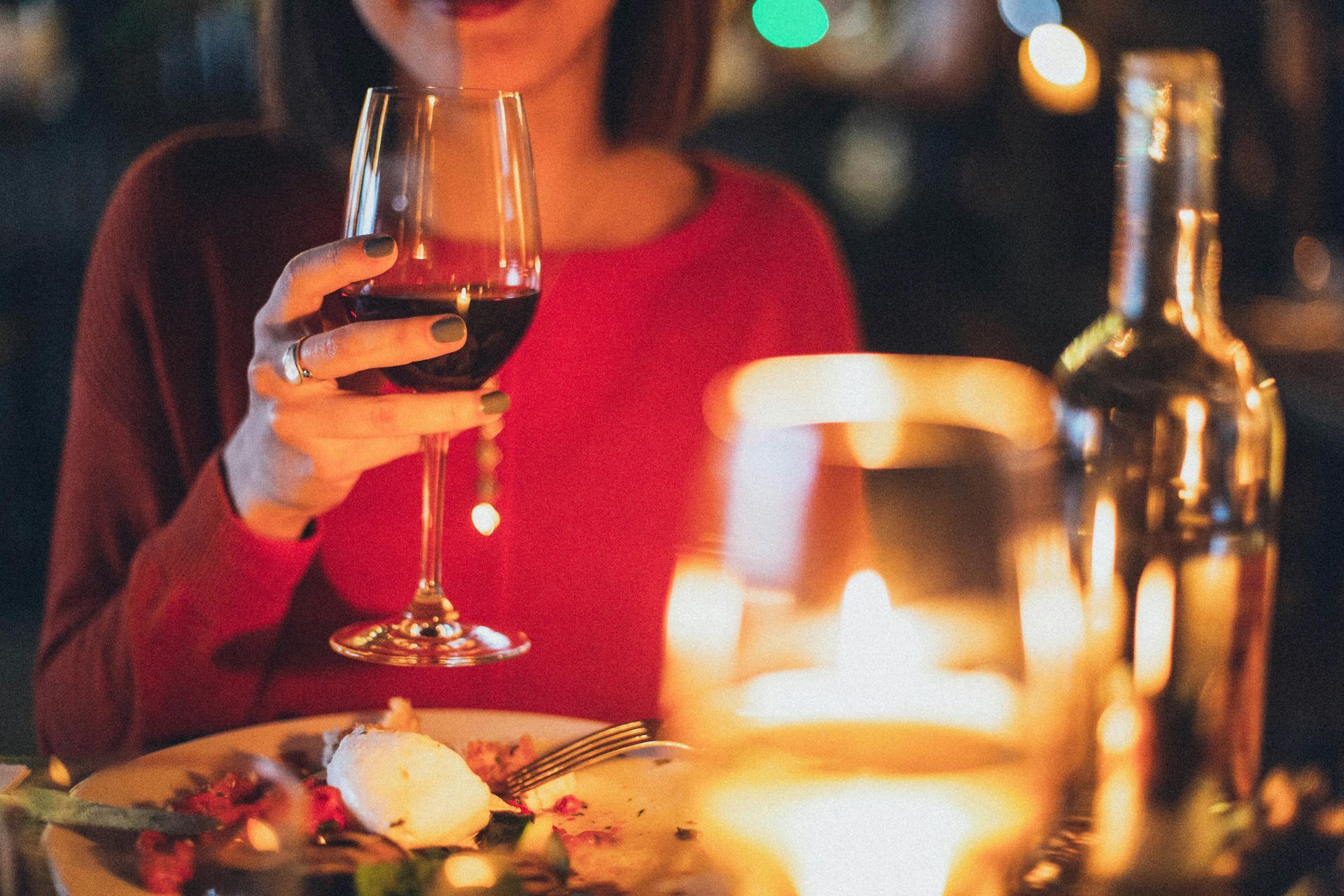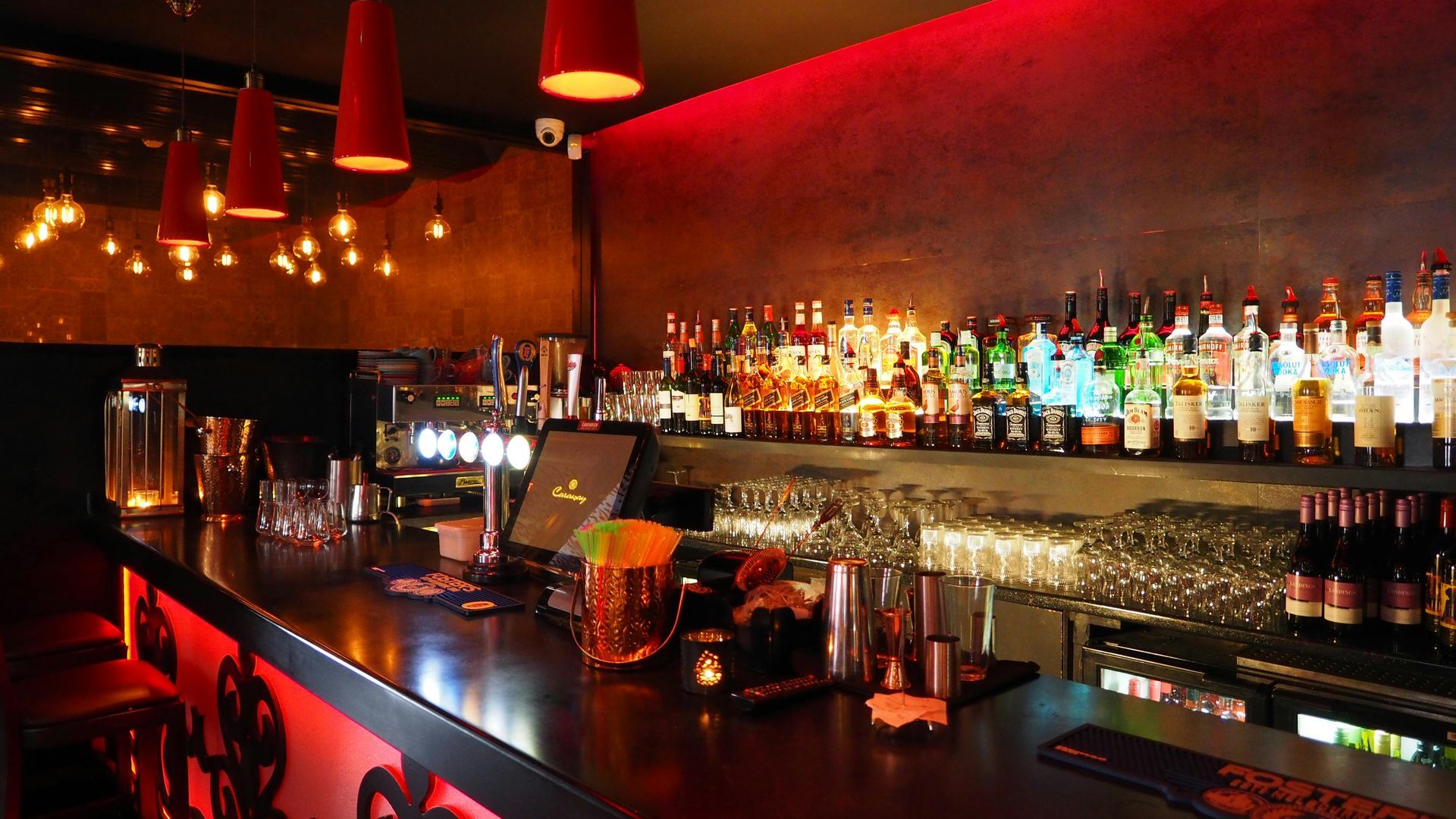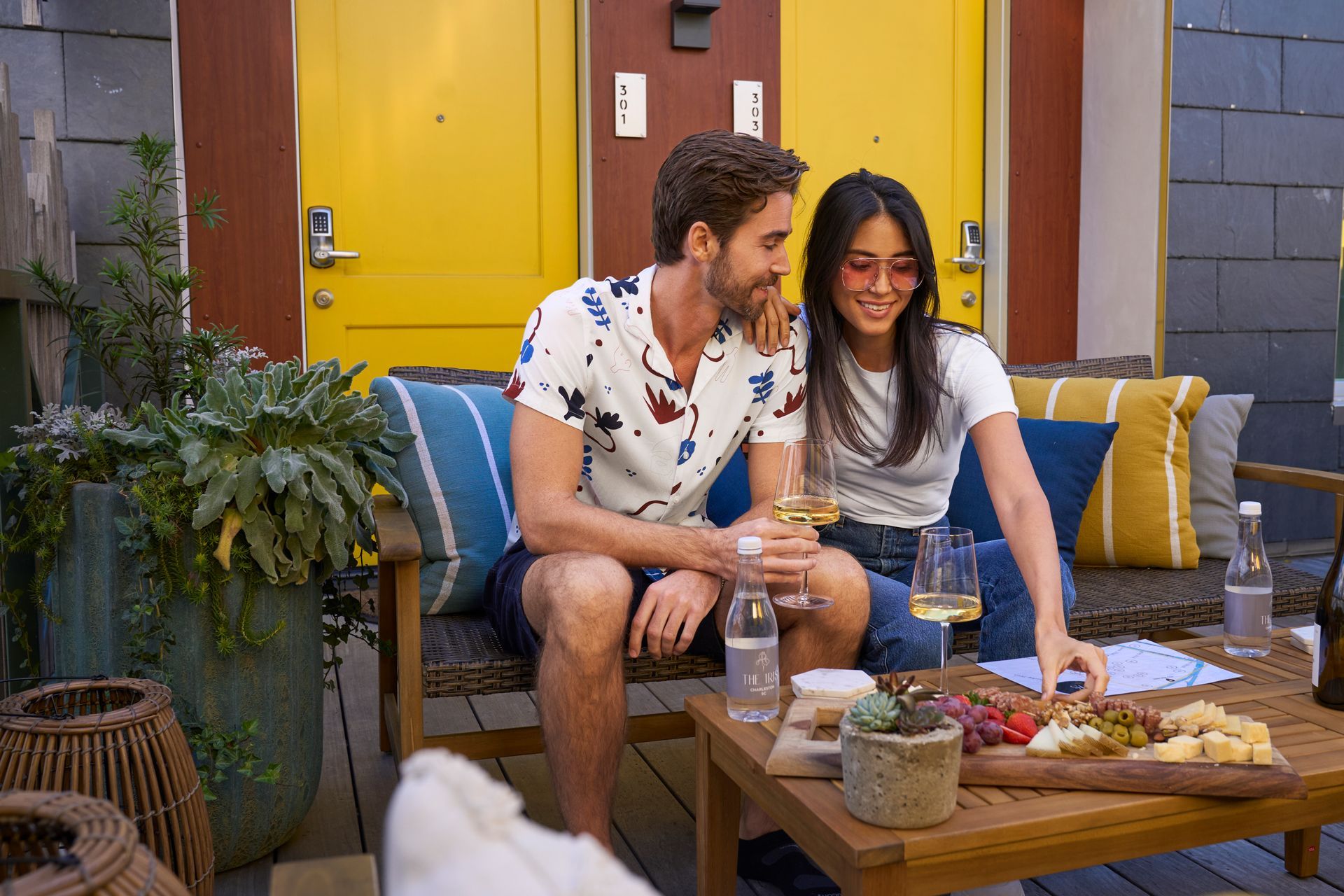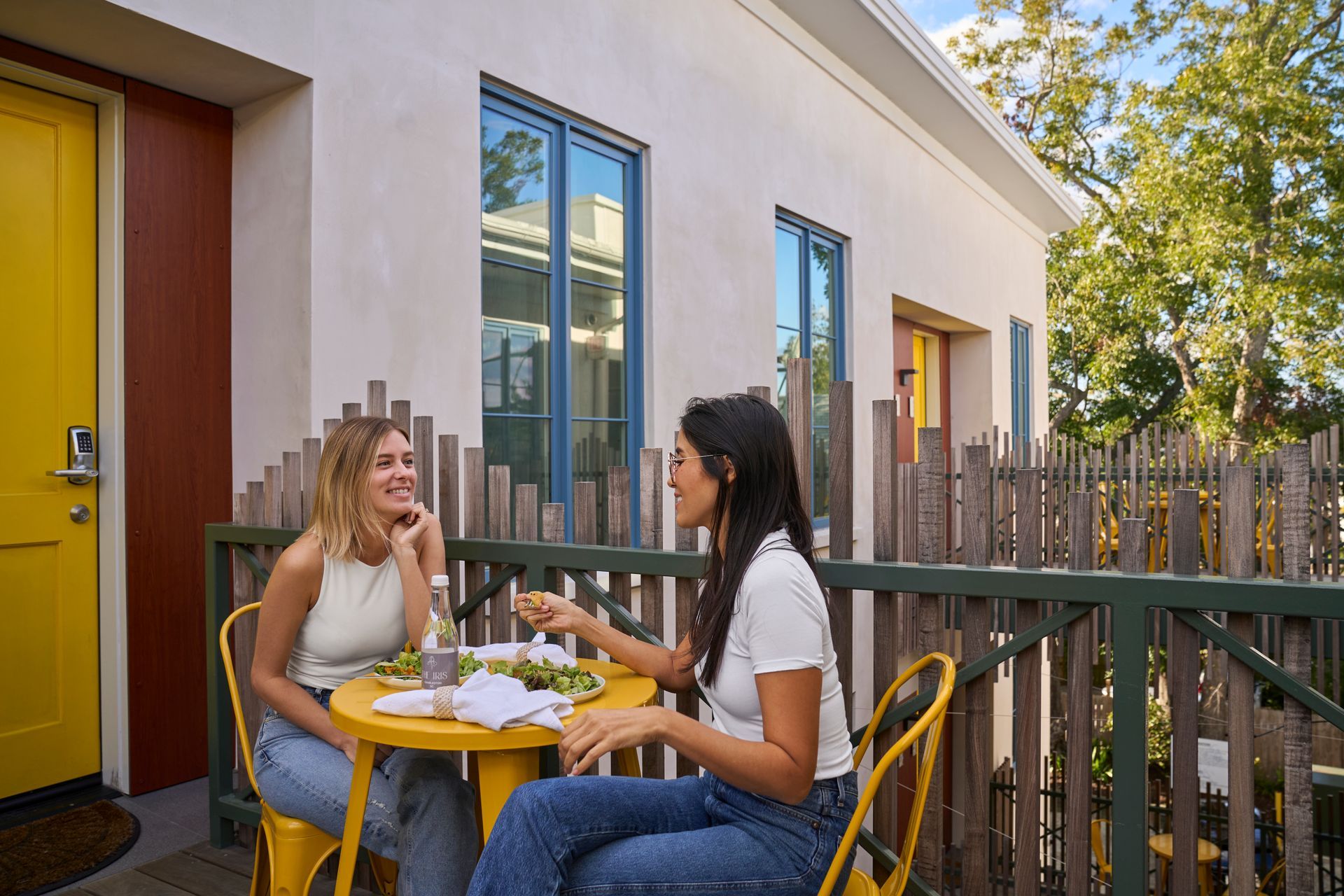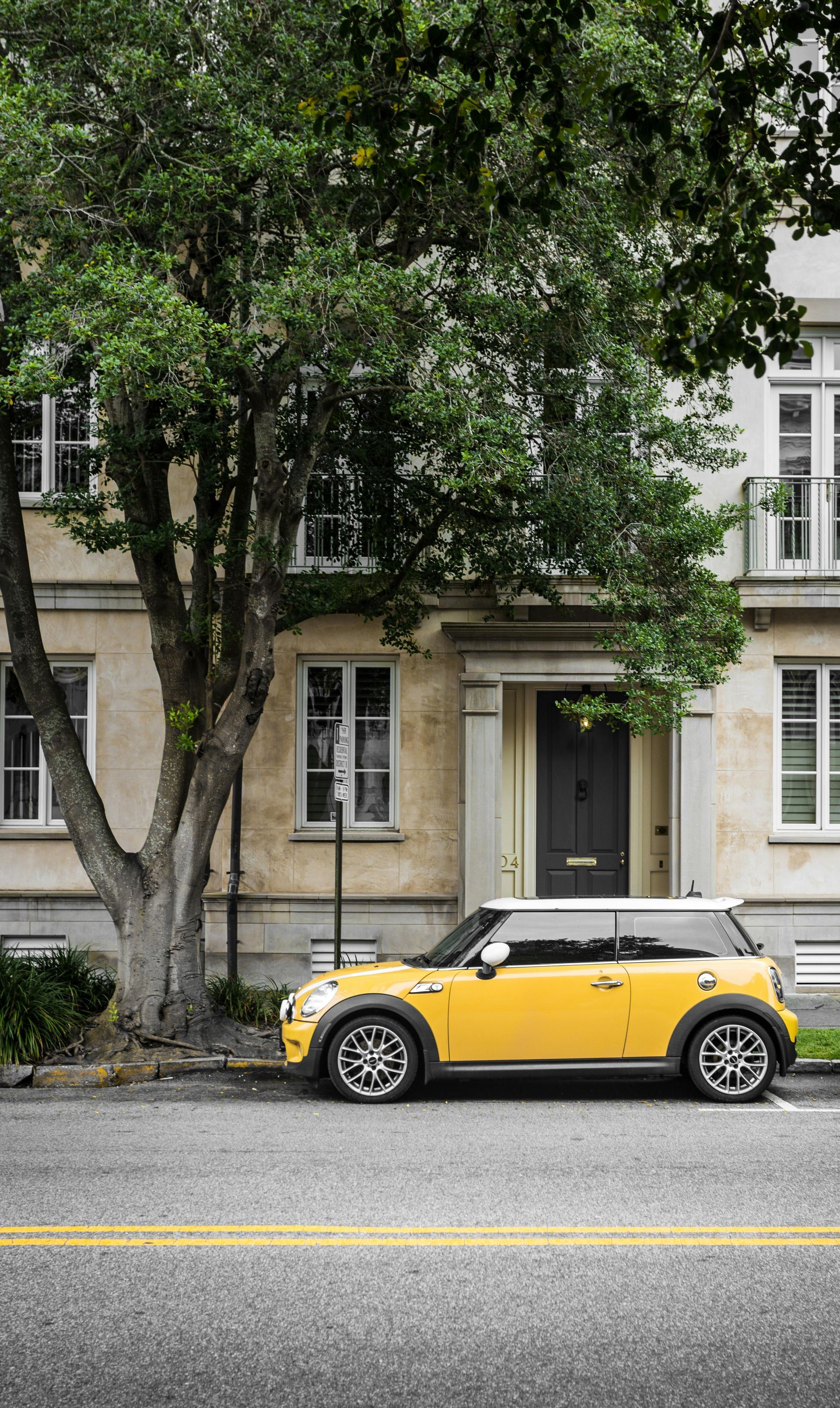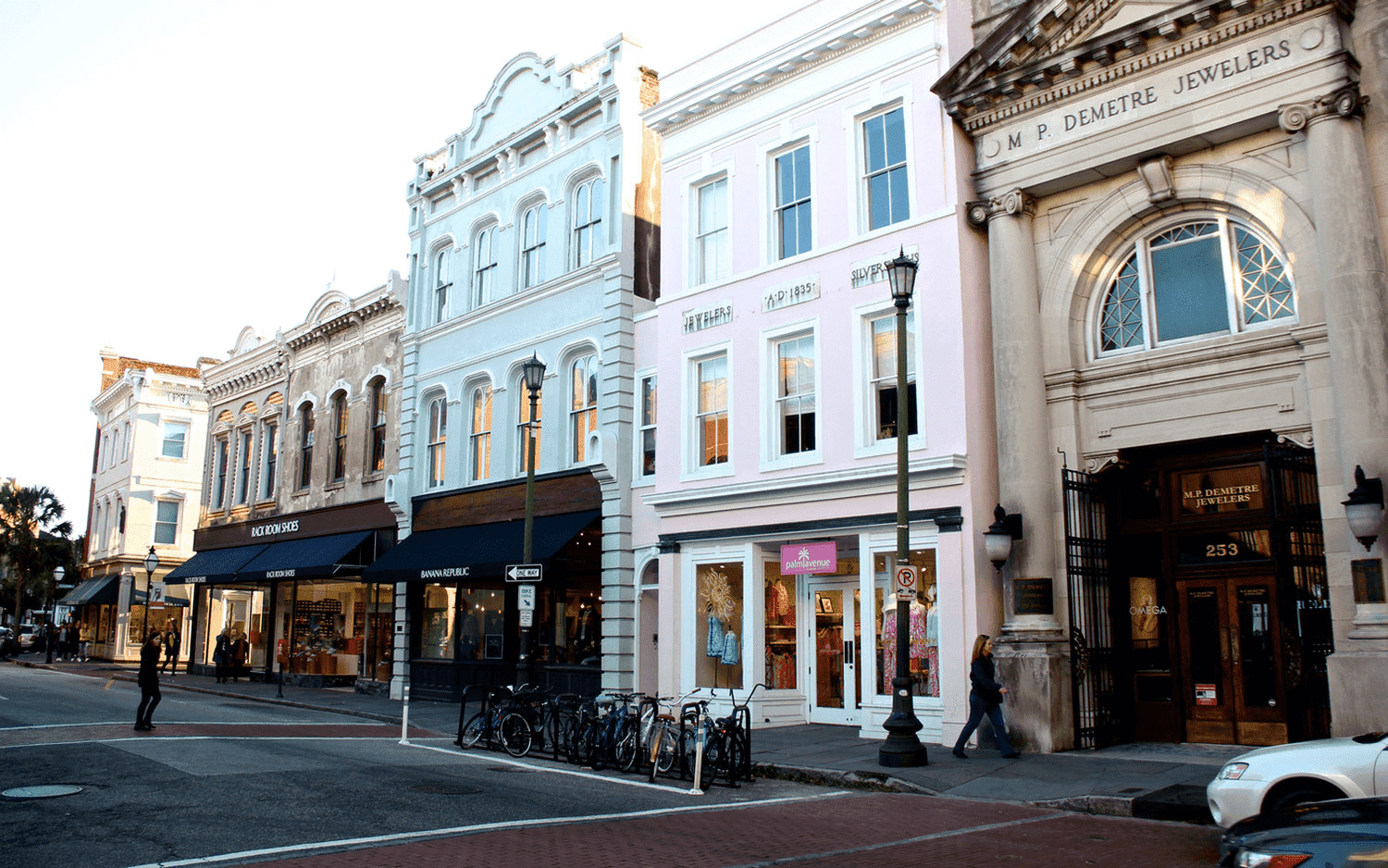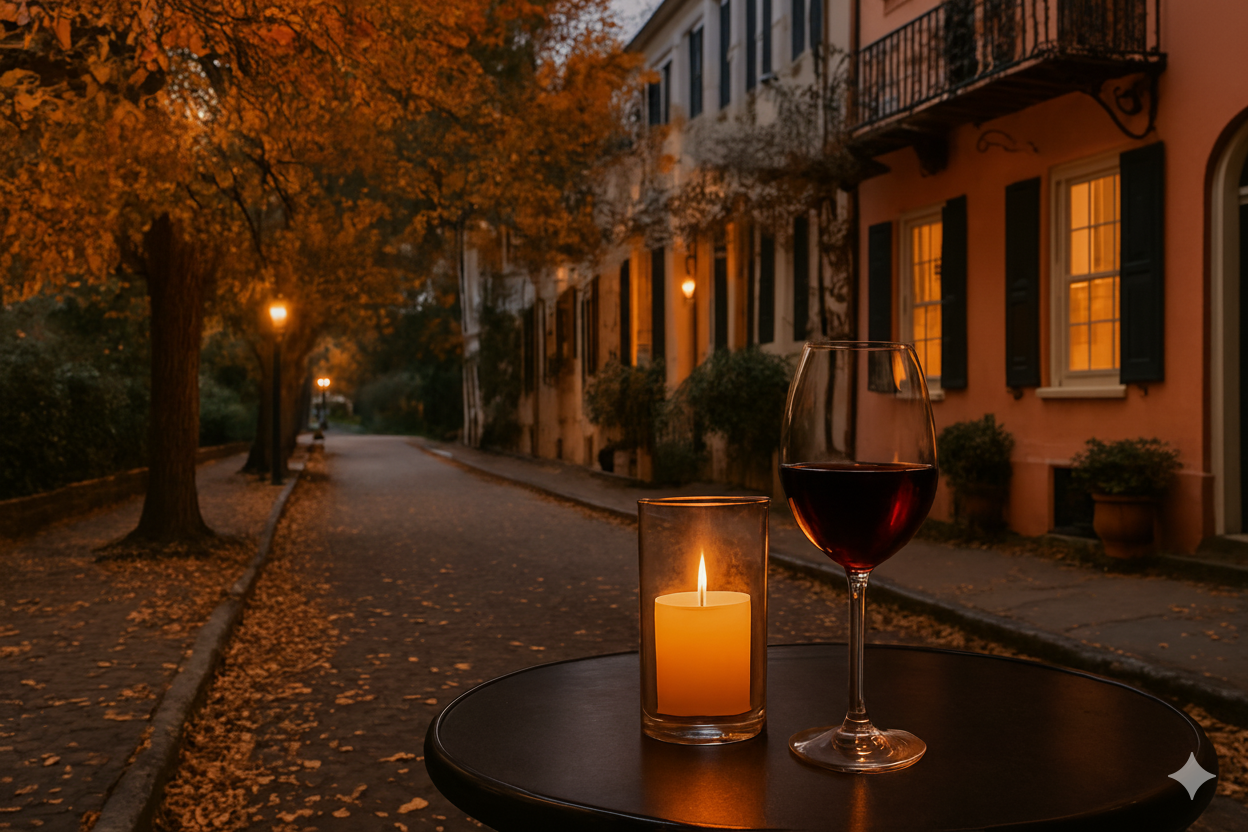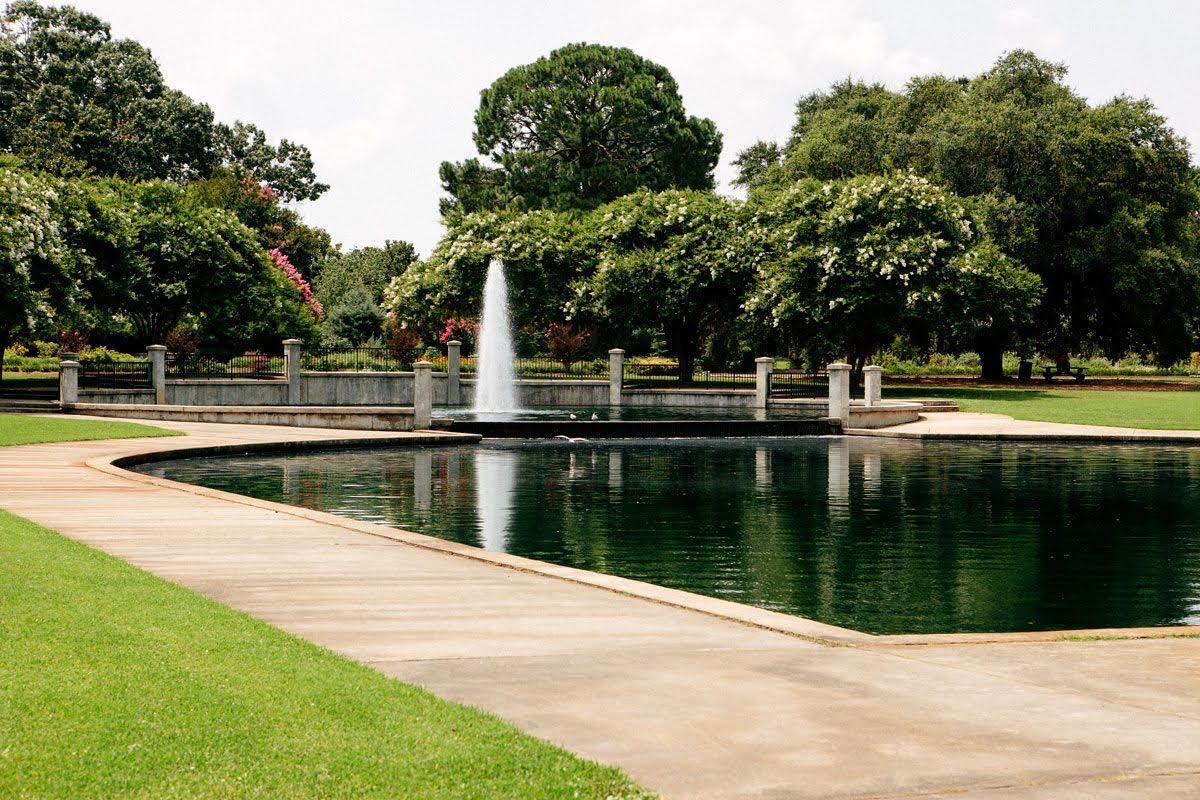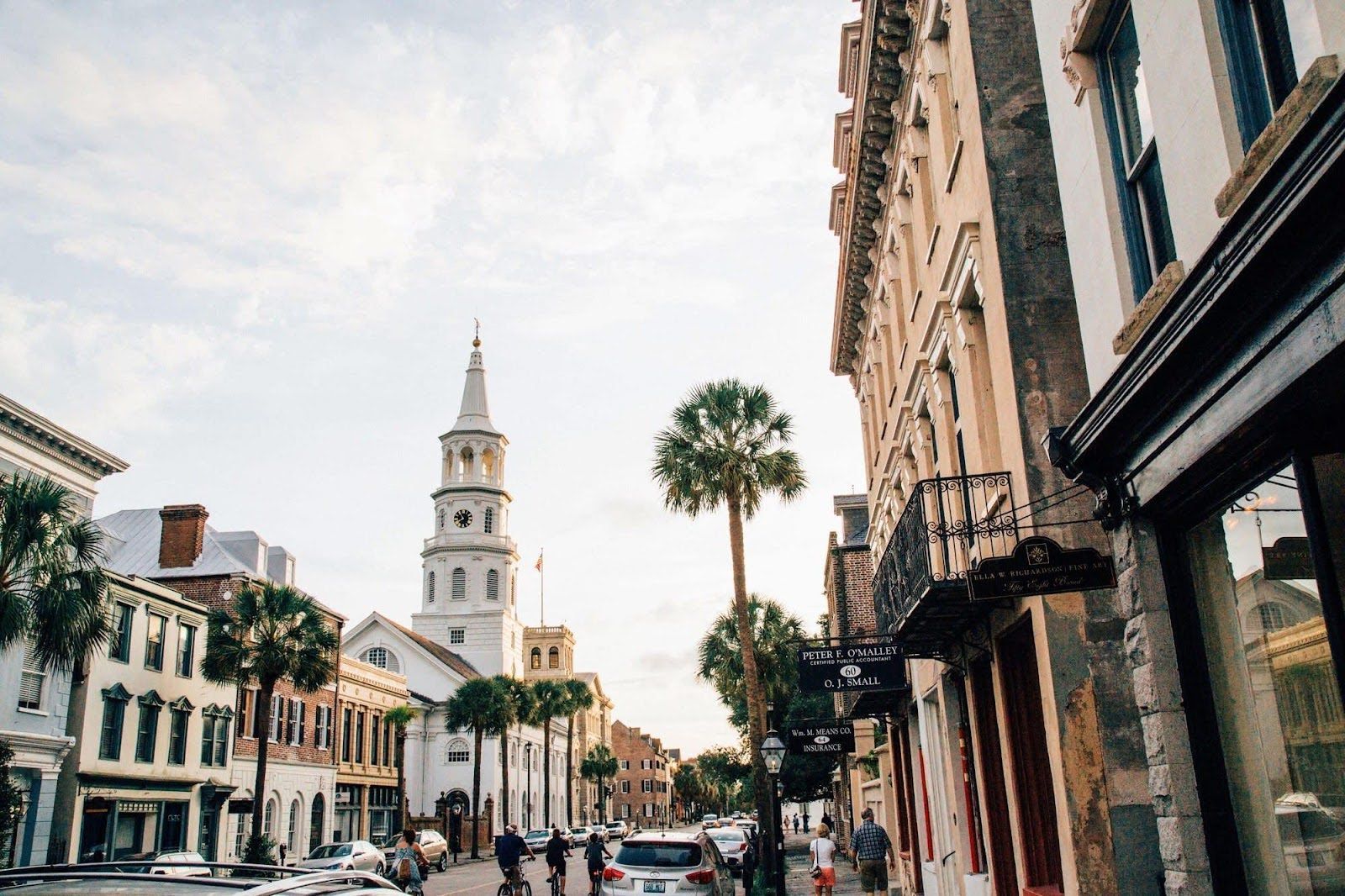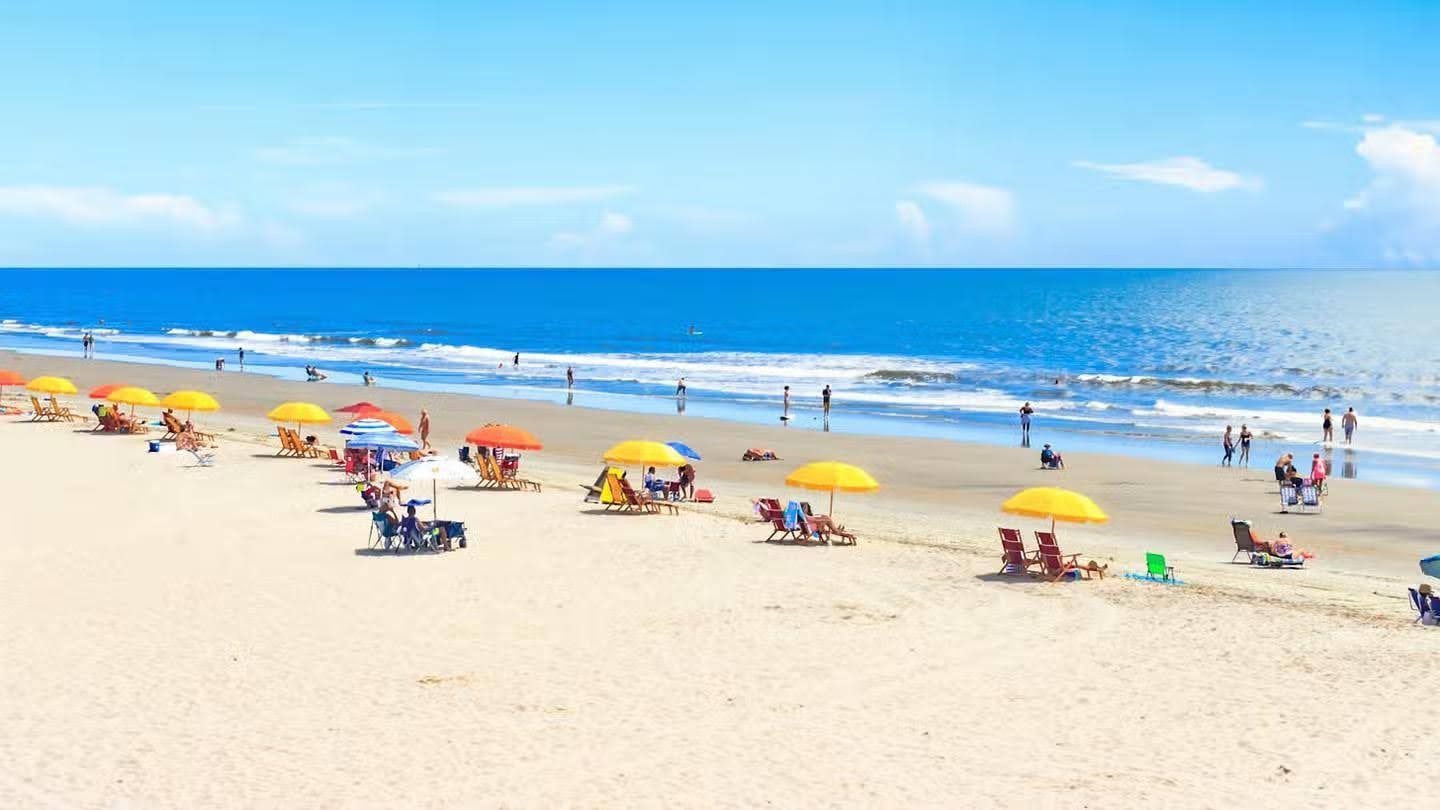By undefined
•
July 22, 2025
Charleston, South Carolina is widely regarded as a safe and welcoming destination for travelers. This historic coastal city consistently earns top honors in travel magazines (voted the #1 small U.S. city for 12 years running) and is celebrated for its friendly locals – accolades it likely wouldn’t receive if visitors didn’t feel secure. Like any city, Charleston has some crime, but the good news is that most tourist-frequented areas are very safe, walkable, and well-patrolled. In fact, recent data shows overall crime in Charleston dropped by 10.7% in 2024, including a 5.7% decrease in violent offenses. Below, we answer common safety questions from a local’s perspective – from the safest neighborhoods (such as the one around The Iris Charleston hotel) to areas you might avoid, plus tips to stay safe and make the most of your visit. Is Charleston Safe for Tourists? Yes. Overall, Charleston is a very safe city for tourists to visit. Millions of travelers stroll its charming streets each year with little incident. The city’s main tourism zones, the downtown Historic District, popular beaches, and restaurant corridors, are well-lit, heavily visited, and routinely patrolled by police. It’s no surprise Charleston is repeatedly ranked among America’s top travel destinations. Visitors often comment on feeling safe and welcome here, thanks to the city’s warm Southern hospitality and active community watch. Statistically, Charleston’s crime rate is at or below the national average. One recent analysis noted the crime rate was about 3% lower than the U.S. average. Moreover, crime has been trending downward – local police reported a significant drop in both violent and property crimes in 2024. Walkability adds to safety. Charleston is a compact peninsula city, which makes it highly walkable for visitors. This Peninsula is packed with attractions, shops, and eateries in close proximity, so you can explore on foot with ease. Streets are generally busy with other pedestrians, and the city has taken steps to enhance pedestrian safety in popular areas. At night, you’ll find the main streets well-lit and alive with activity – from restaurants and college students to guided ghost tours. In fact, on weekends the city even pedestrianizes part of Upper King Street (Charleston’s nightlife hub) by closing it to traffic, allowing crowds to roam freely and safely. There’s also a visible police presence downtown, especially around the College of Charleston and entertainment districts, which further contributes to a secure atmosphere. The bottom line: in Charleston’s core tourist areas, it’s perfectly safe to walk around during the day and into the evening, as long as you use normal precautions (stay in well-traveled areas, avoid dark empty side streets, etc.). What Are the Safest Areas and Best Places to Stay in Charleston? Rainbow Row, a famous stretch of pastel-colored homes in Charleston’s South of Broad neighborhood. This upscale residential district – part of the Historic District – is one of the safest areas in the city for a scenic stroll, even after dark. Travelers will be glad to know that most Charleston neighborhoods popular for lodging or sightseeing are very safe. Here are a few of the safest areas (and best places) to stay in Charleston, noted for their low crime and great atmosphere: Historic District (Downtown Charleston): This is the city’s main tourist area, encompassing everything south of Calhoun Street . It includes sub-neighborhoods like the French Quarter and South of Broad, which are extremely safe for visitors. By day, you’ll see crowds admiring the cobblestone streets and antebellum homes; by night, the area remains well-populated with diners and guided tours, so it feels secure. The French Quarter around the City Market and waterfront has plenty of foot traffic and feels very safe day or night, while the South of Broad area (home to Battery Park and Rainbow Row) is an elegant residential district where you can walk any time, even alone, with no worry. If being in the heart of historic charm is your priority, downtown is the best (and safest) place to stay. Cannonborough–Elliotborough (Upper King Street area): This is the neighborhood of The Iris Charleston hotel , just a block off King Street in the downtown peninsula’s west side. Over the past 10–20 years, Cannonborough–Elliotborough has transformed dramatically – it was once considered a bit rough around the edges, but today it’s incredibly safe and trendy. Locals and visitors flock here for its cool coffee shops, indie boutiques, and hip restaurants that often debut in this “up and coming” district. In fact, many travel experts (and Charleston natives) recommend this neighborhood as one of the best places to stay for a mix of local flavor and convenience. You’ll find boutique accommodations (like The Iris) and short-term rentals tucked among charming historic homes. The area has a lively, youthful vibe but not the heavy tourist crowds of the City Market – a nice balance for many. And importantly, it’s considered safe to walk around, especially in the busy sections near King and Cannon/Spring Streets. (If you’re out late at night here, locals advise sticking to the well-lit main streets and staying south of Spring St. within the King/Meeting/Rutledge area – see more under “areas to avoid.”) Other Safe Districts & Suburbs: Outside of the downtown peninsula, Charleston’s greater metro offers plenty of very safe areas – though they are more spread out. For example, Mount Pleasant (just over the bridge) is an upscale suburban area with low crime and is popular for families. Beach communities like Sullivan’s Island and Isle of Palms have virtually no violent crime and a laid-back vibe (Sullivan’s is residential, but Isle of Palms and Folly Beach have accommodation options and are super safe beach towns to stay in or visit). If you’re choosing a home base, downtown Charleston (Historic District and nearby) is ideal for first-timers, but places like Mount Pleasant or the islands are also among the safest areas – just keep in mind you’ll drive or rideshare to attractions. Overall, whether you stay in the historic city or a surrounding community, Charleston offers many safe options. Are There Any Areas or Neighborhoods to Avoid in Charleston? Charleston is generally very safe, but like all cities it has a few areas that visitors should avoid or exercise caution in, especially after dark. The good news is that tourists rarely have any reason to be in these areas, as they are away from the attractions. Still, it’s helpful to know where they are on a map so you don’t unintentionally wander astray. Here are the main spots a traveler might avoid: Eastside (East of Meeting Street): The Eastside is a small residential neighborhood on the northeast side of the Charleston peninsula – roughly the area east of Meeting Street. There are no tourist sites here, and it has historically had higher crime compared to the rest of downtown. It’s best not to wander into the Eastside, particularly at night. In fact, locals say to avoid this area, east of Meeting (toward Nassau and America Streets) after dark. This is the area where the majority of Charleston’s violent crimes tend to occur, usually involving disputes between locals (not random attacks on strangers). Again, there’s no reason for a visitor to be in this neighborhood – it’s a few blocks inland from the tourist core. If you stick to the well-traveled streets west of Meeting St. (King, East Bay, etc.), you won’t accidentally end up in the Eastside. North Charleston: This is actually a separate city about 9 miles outside Charleston’s downtown, but it often shows up in broader area crime stats. North Charleston includes the airport, outlet mall, and some industrial areas. It unfortunately has a much higher crime rate – about double the national average by FBI data– and has ranked among the higher-crime areas in South Carolina. Tourists usually only go to North Charleston for the airport, rental cars, or possibly the Tanger Outlets, all of which are in relatively safe, busy zones. If you do venture into North Charleston, stick to those well-populated areas or places like the Park Circle district, and consider avoiding wandering elsewhere, especially at night. (On the bright side, crime in North Charleston has been declining – violent crime was down 6% in 2024 – but it’s still wise to be mindful there.) Empty streets late at night: This isn’t one specific neighborhood, but a general tip. In Charleston’s downtown, any isolated or dimly lit street late at night calls for caution. The vast majority of downtown is safe to walk, but if you find yourself in a desolate area after bars close, use common sense – stick to main roads or call a rideshare. The city is well-lit in tourist zones, so use those routes (for example, King or Meeting Street) rather than cutting down empty back alleys at 2 AM. Petty crimes like occasional mugging or theft are more likely in quiet areas with no one around, which is true anywhere. Aside from those points, there really aren’t “bad neighborhoods” that tourists need to worry about in Charleston proper. Most places visitors go – from the Historic District to Mount Pleasant to the beaches – are safe. As one travel guide puts it: Charleston isn’t a dangerous city at all, and the few areas with issues are far removed from tourist spots . Use basic awareness and you’ll be fine. How Does The Iris Charleston’s Neighborhood Compare to Others? Cannonborough–Elliotborough , where The Iris Charleston is located, offers a fantastic blend of safety, local atmosphere, and convenience – making it an excellent choice compared to other areas. Here’s a quick comparison of The Iris’s neighborhood versus some other popular Charleston districts: Safety: Cannonborough–Elliotborough today is considered very safe, on par with the main Historic District. Locals note that the area has “grown drastically” and is incredibly safe now, thanks to revitalization and an influx of new businesses and residents. By contrast, areas like South of Broad (the very southern tip of downtown) have always been extremely safe (partly due to being an affluent residential enclave). The French Quarter and City Market area are also very safe but tend to be busier with tourists. In terms of safety, The Iris’s neighborhood stacks up well – you can feel comfortable walking around by day, and in the evening just follow the same precautions you would anywhere downtown (stick to the main streets at night, as mentioned earlier). Notably, The Iris is one block from King Street, so you’re right next to a well-traveled corridor. Recent guests have praised The Iris’s location as “clean, safe, and in a very convenient location” , which is a great endorsement of the neighborhood. Atmosphere: Staying in Cannonborough–Elliotborough gives you a trendy local vibe that’s a bit different from the tourist-heavy Historic District. The streets around The Iris feature cool cafés, bakeries, boutique shops, and some of Charleston’s hottest new restaurants – many of which locals themselves frequent. It feels like an authentic slice of Charleston life, where you might see college students, young professionals, and longtime residents mingling. In comparison, the French Quarter area feels more tourist-oriented (with souvenir shops, carriage tours, etc.), and South of Broad is very quiet at night (since it’s mostly private homes and B&Bs). If you love being in the heart of historic sights , staying closer to the City Market or south of Broad might suit you; but if you prefer a mix of local scene and historic charm, The Iris’s neighborhood is ideal. You’ll still see plenty of 19th-century Charleston single houses on Cannonborough’s side streets, but you’ll also have edgy art galleries and award-nominated eateries at your doorstep. Convenience: The Iris Charleston’s location in Cannonborough–Elliotborough is highly convenient. Being near Upper King Street means dozens of restaurants and bars are within a short walk (often just 2–5 minutes). You’re also only about 0.7 miles from Marion Square and about 1 mile (15-minute walk or a quick pedicab ride) from the City Market/French Quarter area. Many guests find this location perfect – one reviewer noted it was a “great location for walking down King Street,” and even free DASH shuttles were available a couple blocks away when they didn’t feel like walking further. In comparison, if you stayed out in Mount Pleasant or West Ashley (also safe areas), you’d have to drive into downtown. And if you stayed right by the City Market, you’d be in the thick of tourist crowds and likely pay a premium for that. The Iris’s neighborhood offers a happy medium: easy access to attractions (either by walking or a short Uber) but a slightly calmer setting at night so you can relax. Plus, practical conveniences are nearby – there are local groceries/markets in the area and it’s not far from highways if you’re driving. In summary, Cannonborough–Elliotborough (The Iris’s area) holds its own against Charleston’s other top neighborhoods. It’s safe, it’s got great food and character, and it’s centrally located. You’ll enjoy Charleston’s historic charm without feeling stuck in a tourist trap. For many, that makes it one of the best places to stay in Charleston – combining neighborhood safety, authentic atmosphere, and proximity to everything. What Safety Tips Should Tourists Follow in Charleston? Visiting Charleston is generally very safe, but it’s always smart to travel with common-sense precautions. Here are some safety tips for tourists to ensure a worry-free trip: Stay in Well-Lit, Busy Areas at Night: Charleston’s downtown is lively after dark, but if you’re out late, stick to the main, populated streets (like King, Meeting, East Bay, etc.) that are well illuminated. Avoid walking down quiet, empty side streets or alleyways alone very late at night. If your destination is in a less busy area, consider taking a taxi or rideshare to the door. Fortunately, the areas visitors frequent (historic downtown, dining districts) typically have other people around into the evening, which helps keep them safe. Secure Your Valuables: As in any tourist destination, be mindful of petty theft. Keep your belongings secure – use a crossbody bag or zipped purse, and don’t leave phones or wallets unattended on restaurant tables. Car break-ins can happen, so lock your vehicles and never leave bags or valuables visible in your car. A large portion of thefts in Charleston are from unlocked cars, so this simple step significantly cuts your risk. If you’re driving, utilize hotel parking or well-lit public garages when possible, rather than isolated street parking. Be Aware of Your Surroundings: Enjoy Charleston’s sights, but stay alert, especially in crowded spots like the City Market or on busy King Street. Tourists can sometimes be targets for pickpockets in any city – so, for example, if you’re watching a street performer or entering a packed bar, just keep an eye on your purse or wallet. Overall Charleston doesn’t have a big pickpocketing problem, but basic awareness goes a long way. Use Reputable Transportation: If you need to get around at night or outside the downtown core, use official taxis or rideshare apps (Uber/Lyft) rather than accepting rides from anyone you don’t know. The city’s free DASH shuttle buses are a safe way to move around the historic district during the day. If renting bikes or golf carts, follow local traffic rules and stick to recommended areas for cycling/golf cart use. Plan for Heat & Weather: Charleston can get hot and humid, and summer thunderstorms or even hurricanes are possible. While not a “crime” issue, staying safe includes hydrating and protecting yourself from the elements. In summer, carry water and wear sunscreen when walking around. In the unlikely event of severe weather (e.g. a tropical storm), follow local advisories – the city has robust emergency plans for residents and visitors. It’s always a good idea to have travel insurance during hurricane season, just in case. Trust Your Instincts: Charleston’s known for its friendly vibe, and you’ll find locals happy to help with directions or tips. Still, exercise the same caution you would anywhere. If something or some area feels “off,” trust your gut and remove yourself from the situation. Don’t hesitate to ask hotel staff or locals if you’re unsure about walking somewhere or need guidance on where to go (or not go). They’ll gladly point you to the safest route or area. By following these simple tips, you’ll likely have no issues at all during your Charleston trip. Millions of visitors explore the city every year without incident. The police and community work together to keep tourist areas secure, and it shows – Charleston remains one of the most beloved (and safest) small cities in the U.S. Enjoy your visit, use common sense, and get ready to fall in love with the Holy City’s charm, knowing that you’re in a welcoming and safe environment.
